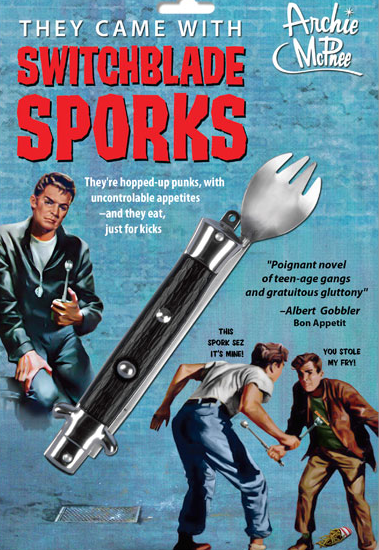a weekly round-up of our favorite finds from the front lines of food

- Behold, the geekiest baking project ever (right) — Apple Pi
- National Marine Fisheries Service's seafood inspection program intends to ramp up enforcement on fish fraud, busting the open secrets of the industry, like soaked scallops and over glazed fillet. "This sounds like something that is so simple, and so sort of pedestrian in the world of fraud, you would think ... people wouldn't get away with it....But it is absolutely a challenge."
- The huge, unsexy and hard to address issue of food waste got coverage from Reuters. "Cleaning your plate may not help feed starving children today, but the time-worn advice of mothers everywhere may help reduce food waste from the farm to the fork, help the environment and make it easier to feed the world's growing population."
- On government and farms: the marketplace is still unfair and USDA needs to do more to help. The unified message: "Agricultural markets are not fair. A small number of companies hold most of the power, and farmers and consumers pay the price. Government regulation is needed to restore fairness and competiveness."
- Pinterest is full of gorgeous food pictures. The online bulletin board for photo sharing is the latest social networking darling. Read some tips on promoting films, with plenty for food producers to apply.




